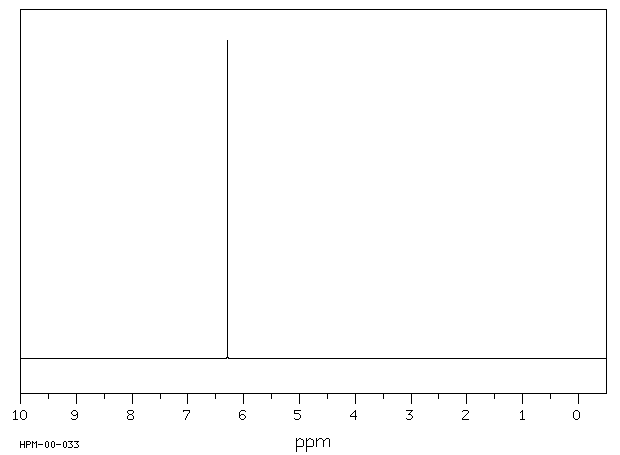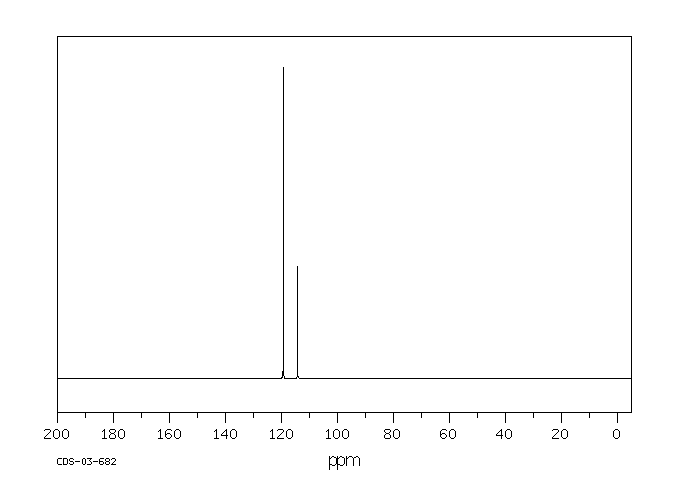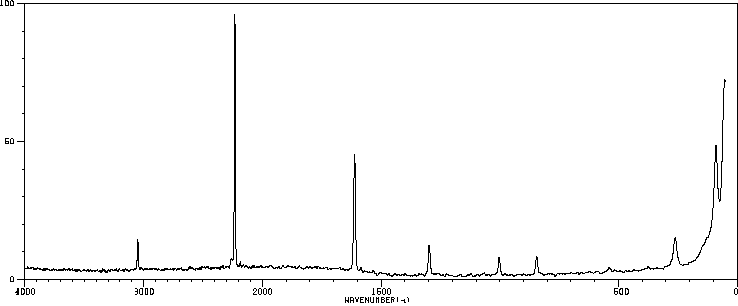毒理性
其他毒物 - 化学窒息剂
Other Poison - Chemical Asphyxiant
来源:Haz-Map, Information on Hazardous Chemicals and Occupational Diseases











